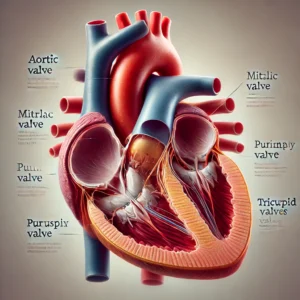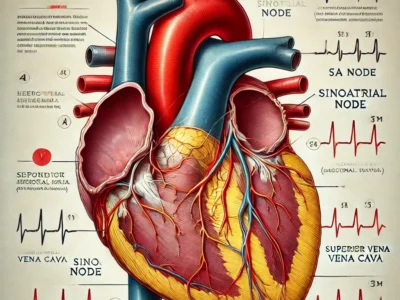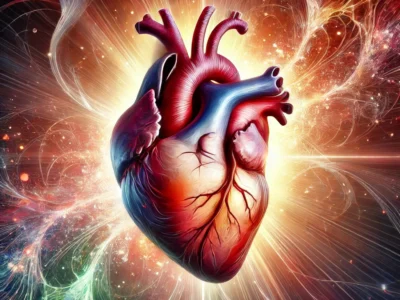What is the valve of heart ?
 The valves of the heart are essential structures that regulate blood flow and ensure it moves in the correct direction through the heart’s chambers and out to the rest of the body. There are **four main heart valves**:
The valves of the heart are essential structures that regulate blood flow and ensure it moves in the correct direction through the heart’s chambers and out to the rest of the body. There are **four main heart valves**:
1. Tricuspid Valve:
Location: Between the right atrium and right ventricle.
Function: Prevents blood from flowing back into the right atrium when the right ventricle contracts.
2. Pulmonary Valve:
Location: Between the right ventricle and pulmonary artery.
Function: Prevents blood from flowing back into the right ventricle after it has been pumped into the pulmonary artery to the lungs.
3. Mitral Valve (Bicuspid Valve):
Location: Between the left atrium and left ventricle.
Function: Prevents blood from flowing back into the left atrium when the left ventricle contracts.
4. Aortic Valve:
Location: Between the left ventricle and the aorta.
Function: Prevents blood from flowing back into the left ventricle after it has been pumped into the aorta to the rest of the body.
Each valve consists of **leaflets** (flaps) that open and close with each heartbeat. This ensures that blood flows efficiently and prevents backflow, which is critical for maintaining the body’s circulation. Proper valve function is essential for heart health, and issues like valve stenosis (narrowing) or regurgitation (leaking) can lead to serious conditions.



